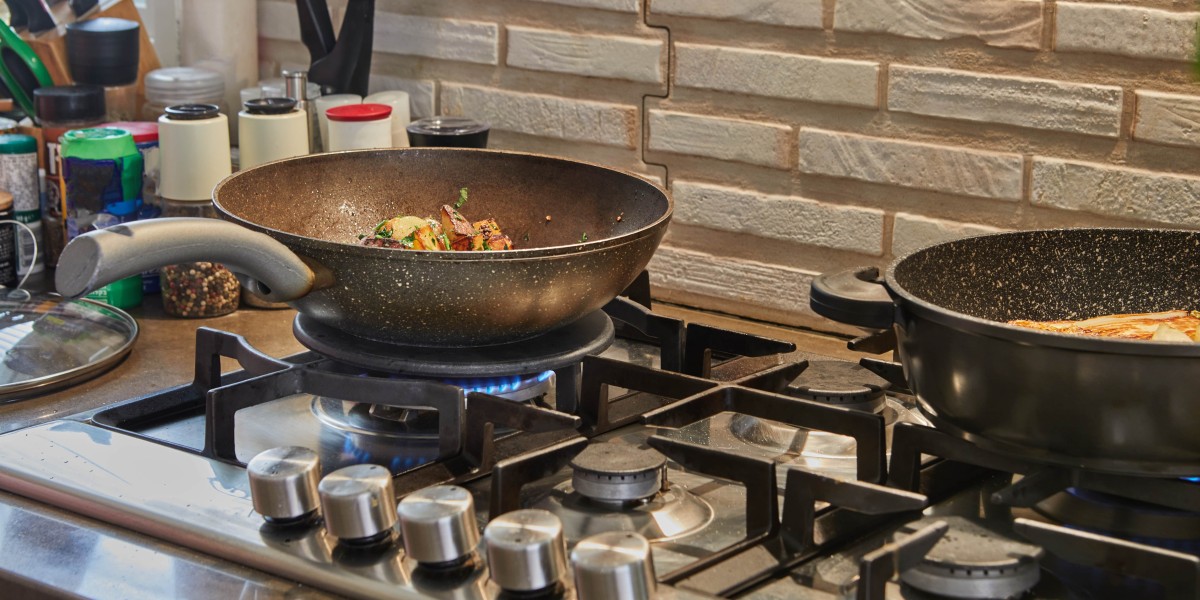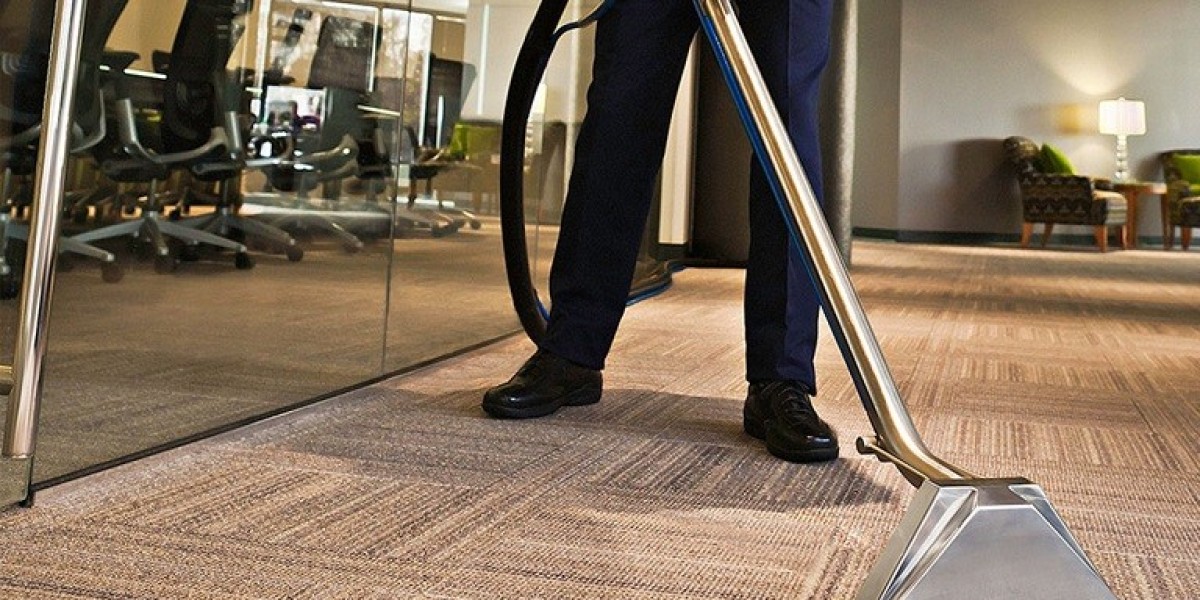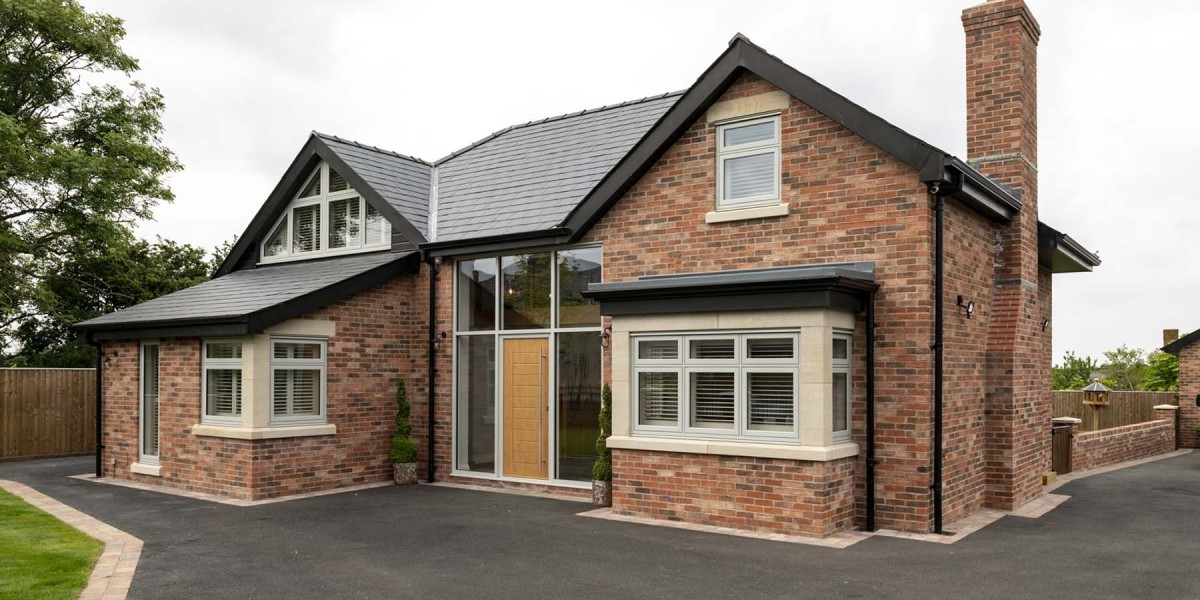
The Comprehensive Guide to Built-In Ovens
Intro
Built-in ovens are a staple in contemporary cooking areas, combining elegance with functionality. They use a streamlined aesthetic and effective cooking capabilities, making them a preferred option for homeowners and cooking lovers alike. This post explores the advantages of built-in ovens, their numerous types, essential functions to think about, installation pointers, and maintenance guidance, in addition to frequently asked questions.
Benefits of Built-In Ovens
Built-in ovens included an array of benefits that add to their appeal. Here are some essential benefits:

- Space-Saving Design: Built-in ovens are created to fit perfectly into cabinetry, enabling a more organized and space-efficient kitchen layout.
- Visual Appeal: They supply a sleek and modern-day appearance that can improve the total design of the kitchen.
- Improved Functionality: Built-in ovens frequently include sophisticated functions and technologies that support numerous cooking methods.
- Boosted Cooking Experience: Many built-in models consist of self-cleaning functions, temperature level probes, and programmable settings, enhancing the cooking experience.
- Increased Property Value: A well-designed kitchen with Zanussi 60cm Built-In Electric Oven – Shop Now! appliances can boost the worth of a home.
Kinds Of Built-In Ovens
Built-in ovens been available in several types, each created to satisfy different cooking preferences and requirements. Here are the main types:
| Type of Built-In Oven | Description |
|---|---|
| Single Oven | A single, standalone oven for standard baking and roasting. |
| Double Oven | Combines 2 ovens in one unit, permitting multiple dishes to prepare at different temperature levels. |
| Wall Oven | Set up in the wall, maximizing counter space, suitable for little kitchen areas. |
| Convection Russell Hobbs 60cm Stainless Steel Electric Oven | Utilizes fans to distribute hot air for even cooking, improving the outcomes of baked products. |
| Steam Oven | Uses steam for healthier cooking options, preserving nutrients in food. |
Secret Features to Consider
When picking a built-in oven, numerous functions can impact performance and functionality. Here are some important functions to bear in mind:
Cooking Modes
- Bake: Traditional baking with bottom heat.
- Broil: Top heat cooking appropriate for browning and crisping.
- Convection: Circulates hot air for even cooking.
- Steam: Uses steam for Ovensandhobs.Uk healthier cooking options.
Size and Capacity
- Requirement sizes generally range from 24 to 30 inches large.
- Consider the internal capacity-- it can range from 3 to 6 cubic feet, enabling for various dish sizes.
Controls and Smart Features
- Touchscreen Controls: Easy programming and modifications.
- Smart Technology: Connectivity functions permit remote tracking and control via smart device applications.
Energy Efficiency
- Look for designs with ENERGY STAR ratings, indicating lower energy usage.
Safety Features
- Features like auto shut-off and child locks improve security throughout operation.
Installation Tips
Setting up a built-in oven may need expert support, but here are some general tips to remember:
- Choose the Right Location: Ensure there's enough space in your cabinetry for installation, remembering ventilation requirements.
- Electrical Requirements: Check that your kitchen's circuitry fulfills the oven's power requirements, particularly for Indesit 60cm Stainless Steel Electric Oven - Affordable Quality designs.
- Level the Oven: Ensure the oven is level to promote even cooking.
- Secure the Oven: Attach it strongly to the cabinets to avoid movement throughout use.
Maintenance Advice
Regular upkeep is vital for the longevity and performance of a built-in oven. Here's how to keep it in leading shape:
- Regular Cleaning: Wipe down surface areas after each usage and perform deep cleaning periodically.
- Examine Seals: Inspect door seals for wear and ensure they maintain an airtight fit to enhance energy performance.
- Adjust Temperature: If food regularly comes out overcooked or undercooked, consider recalibrating the intergrated electric oven's temperature settings.
- Professional Servicing: Schedule annual check-ups with a skilled professional to preserve ideal performance.
Frequently asked questions
What is the distinction between a built-in oven and a freestanding oven?
Built-in ovens are designed to be installed within cabinets, providing a seamless appearance. On the other hand, freestanding ovens are standalone units that generally include their own cooktop.
Are built-in ovens more costly than freestanding designs?
Typically, built-in ovens can be more costly due to the included installation expenses and advanced features. Nevertheless, rates differ extensively based upon brand name, size, and performances.
Can I install a built-in oven myself?
While it is possible to install a built-in oven yourself, it is advised to hire an expert to make sure appropriate setup, especially if modifications to cabinetry or electrical work are needed.
How often should I clean my built-in oven?
It is a good idea to clean your built-in oven routinely after heavy usage. For deeper cleansings, make use of the self-cleaning function if available or regularly perform manual cleaning to prevent build-up.
Built-in ovens are a valuable addition to any kitchen, offering both aesthetic appeal and advanced cooking capabilities. By comprehending their types, features, setup, and maintenance requirements, property owners can make educated choices that boost their cooking experience and improve the overall value of their homes. As kitchen styles continue to progress, built-in ovens will likely stay a prominent choice for modern-day homes.








